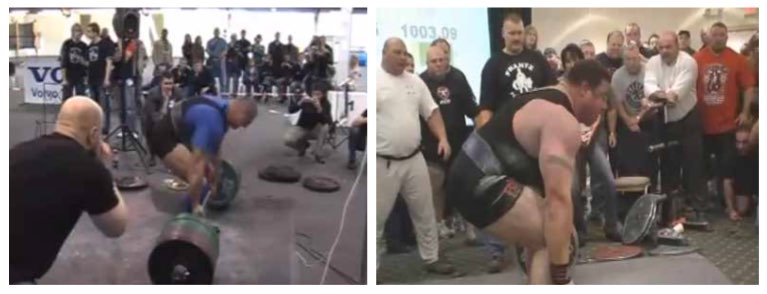
Potentially the most absurd and pervasive belief in the fitness culture is that perfect form prevents and eliminates injury. A Google search for “perfect form injury” reveals some twenty six million results, every single one of which on the first page are related to the belief that perfect form will prevent injury, and imperfect form will result in injury.
If this is true, I only have one question:
Why are the best and brightest in the fitness culture and industry still getting hurt?
I only need to take one look at my Facebook feed to see many of my friends who are leaders in this industry complaining of neck, back, shoulder, and knee injuries. These are very rarely acute injuries as well — typically they are pain issues with no obvious origin or moment of injury.
This is no criticism of these excellent people and trainers, although there are a few gurus who are well deserving of criticism. Rather, it is a criticism of this broken belief system that textbook perfect form is an antidote to injury. This belief is so pervasive, so insidious that just about everyone accepts it.
To be perfectly clear on terminology, when I refer to perfect form I am referring to the form for an exercise or movement that makes it into a textbook or how-to video. Things like vertical shins, symmetrical feet, elbows tucked in, and so on. Alternatively, what someone can see from the outside looking at how someone moves and makes a judgment about how good the form is by looking at it.
The idea of perfect form presupposes a lot of things, but first and foremost that everyone is identical. You cannot discuss angles of bones and joints without first agreeing that you are talking about the same structure. It would be like a group of engineers discussing the acceptable tolerances and design decisions for a bridge, but basing all their assumptions on the design of a different bridge.
Even if people did have relatively similar bone lengths, connective tissue insertion points, and joint configurations, it would still be impossible to account for the tiny but pervasive differences in individual anatomy. One of your legs is longer than the other, the only question is by how much. Given the prevalence of desk jobs, I can predict with nearly perfect accuracy that one of your shoulders is more protracted and internally rotated than the other. One of your hands is probably stronger than the other, maybe even the whole side of your body. How can it be, then, that there is a universal form that doesn’t account for these differences?
Worse, there is no feedback. It’s a uni-directional conversation. You tell the body what to do without the body being given a chance to respond and react. When you shove someone into form that isn’t suitable for them, you’ll most likely get some feedback in the form of pain or sensation. This is an action signal that says “Move, this isn’t working.” Ignoring that and forcing a position results in greater and greater sensation until the body gives you a sensation you can’t ignore and something snaps. Contrary to the idiocy you’ll see on Internet message boards, people snap far more often from trying to force perfect form than they do from pursuing what is best for their own bodies.
If you get past the textbook and start looking at the form great lifters employ, you will come to a troubling conclusion. Every great lifter has distinctive form that is completely unique to them. You can look at two of the greatest deadlifters of all time and see massive differences in form. Who is right?
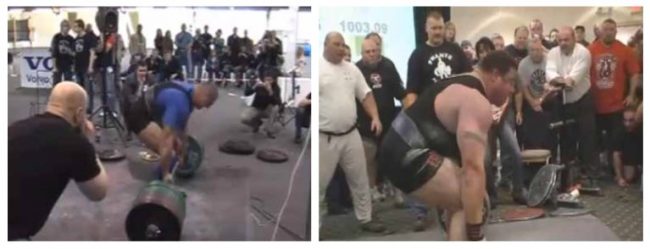
Your response: “But I’m not a world class lifter, I have to stick to perfect form so I don’t get hurt.” No, you need to move the weight from point A to point B in the shortest distance possible for your body. This may start out looking nothing like typical form. It may end up looking picture perfect, or it might not end up looking textbook at all and you become a great lifter because of it. Pursuing what is best for your individual body will take you further than trying to ram a square peg into a round hole ever will.
If you’re not going to continue to force someone else’s idea of perfect form, what are you going to do to pursue your best form? Here are questions for you to ask:
- Does it test well? See my videos on ROM testing for biofeedback.
- What is the shortest distance between point A and point B, and how can I get there?
- Does it hurt? Stop immediately, and make a change.
- Does making a change make it feel better? Use it.
- Does making a change make it stronger? Use it.


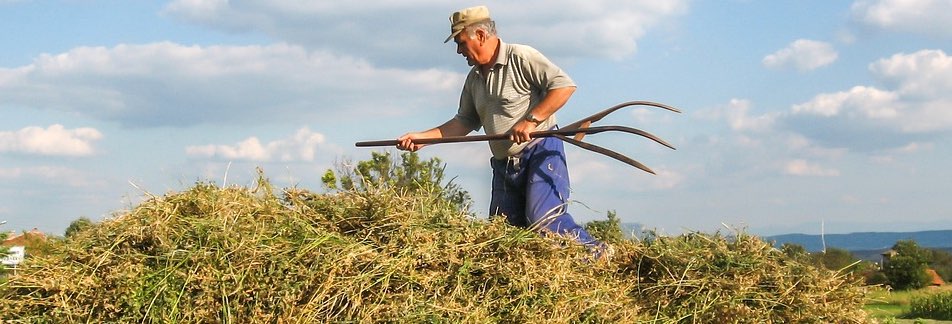
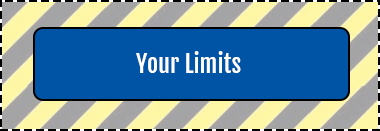

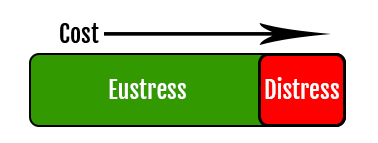

 It starts with a flat tire. Well, not really even a flat tire. More a soon-to-be-flat tire as you notice that your tire is slightly low when you walk out to your car. But you ignore it because you just don’t have time to stop to put air in it right now.
It starts with a flat tire. Well, not really even a flat tire. More a soon-to-be-flat tire as you notice that your tire is slightly low when you walk out to your car. But you ignore it because you just don’t have time to stop to put air in it right now.